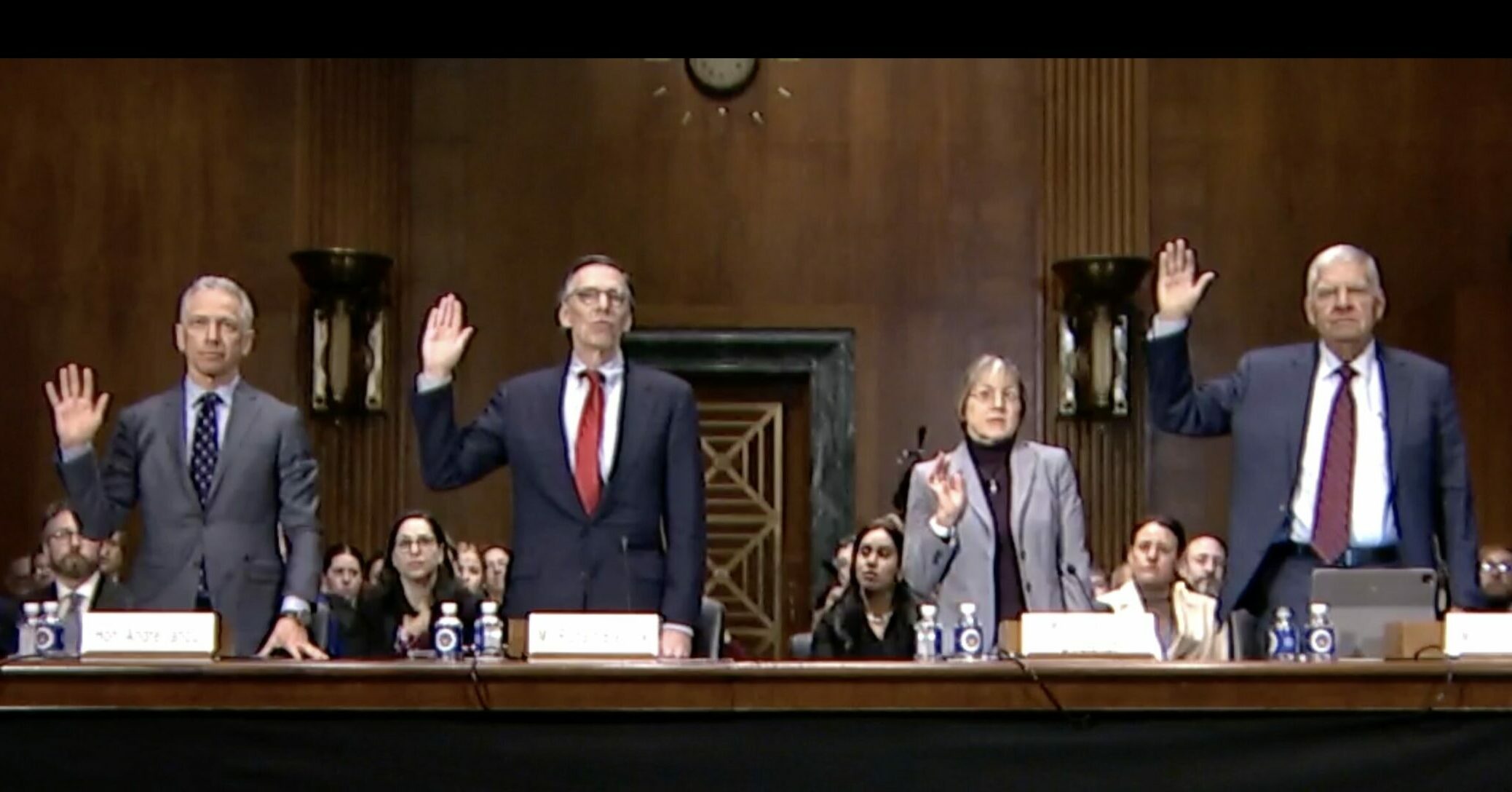Witnesses Clash Over Potential Pros and Cons of PERA in Senate IP Subcommittee Hearing
“All human invention is the manipulation of nature towards practical uses by humans on this planet. We can exclude nature itself but any human intervention and manipulation, that is what human innovation and engineering is and it should be eligible for a patent.” – Andrei Iancu
From left: Andrei Iancu, Richard Blaylock, Courtenay Brinckerhoff and Phil Johnson
The Senate Judiciary Committee’s Subcommittee on Intellectual Property today held a hearing featuring eight witnesses who testified about the need to restore certainty to U.S. patent eligibility law. Most, but not all, agreed such a need exists and urged quick passage of the Patent Eligibility Restoration Act of 2023 (PERA).
Senators Chris Coons (D-DE) and Thom Tillis (R-NC) introduced PERA in June of last year. The bill would eliminate all judicially-created exceptions to U.S. patent eligibility law.
Tillis first introduced the bill in August 2022 and Coons announced he would co-sponsor the legislation in September 2022 at a Council for Innovation Promotion (C4IP) event. While the patent community has overwhelmingly championed the bill, independent inventors have expressed concerns that it would ultimately result in the same confusion that currently exists and would make most artificial intelligence inventions ineligible. Many have denounced these views as mischaracterizations. Other stakeholders argue the status quo is working and that changing the law would result in upheaval in certain sectors.
PERA and Isolated Natural Products
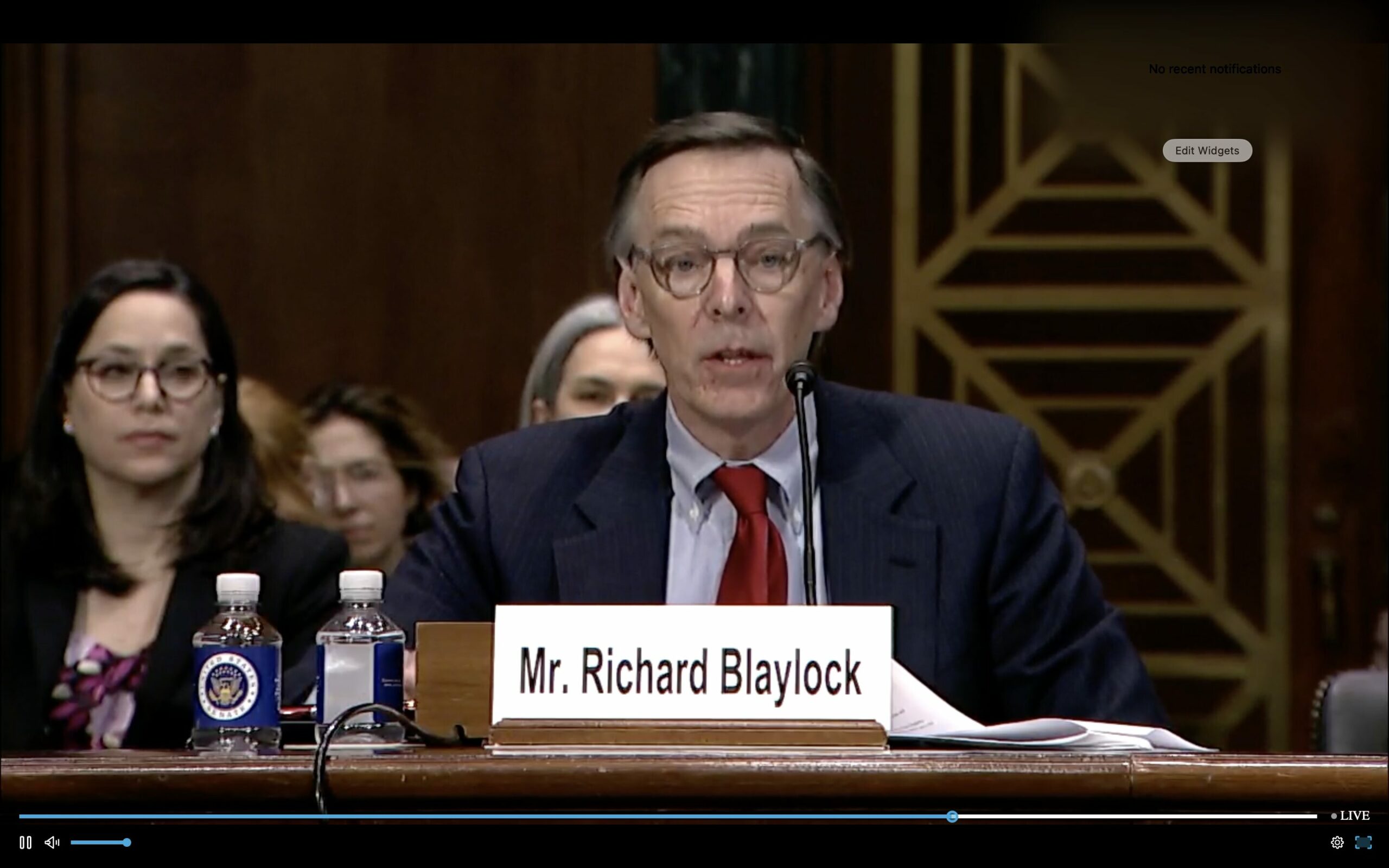
Invitae’s solution is to “substantially revise” PERA “to include the requirement that natural phenomena, natural materials and abstract ideas be treated as prior art to all patent applications.” Blaylock said this would effectively codify the essence of current Supreme Court jurisprudence on patent subject matter eligibility. “The patent system should afford the opportunity to own the cure but not the disease,” he added.
Blaylock clashed considerably with the views of the other three witnesses on the first panel of the hearing, who included former U.S. Patent and Trademark Office (USPTO) Director Andrei Iancu; Courtenay Brinckerhoff of Foley & Lardner; and Philip Johnson of the Coalition for 21st Century Patent Reform (21C).

When pressed by IP Subcommittee Chair Chris Coons on why the other areas of patent law—sections 102, 103 and 112—aren’t sufficient filters to avoid the potential harms Blaylock described, Blaylock said there are new biomarkers being discovered everyday, for example, and PERA would permit the privatization of knowledge about such discoveries. Since they are new and non-obvious, it is easy to describe them and how to enable someone to use them. “The rest of the requirements for patentability are important but they don’t address the concern that PERA would change the current environment and [allow for] patenting of knowledge about an association between a particular genetic anomaly and its clinical significance,” Blaylock said. “What would be patentable would be the use of conventional, everyday techniques.”
But Iancu again disagreed, and also said that Blaylock’s suggestion to require that all natural phenomena be treated as prior art to all patent applications would be “basically eliminating the patent system”:
“Mr. Blaylock says it’s bad to give patents if you observe a genetic mutation associated with a particular risk, such as diagnosing cancer of a particular type and then you isolate it and create a diagnostic kit… That is the essence of invention. It takes a lot of time, money and investment to find that out. If we eliminate patents on observing how nature behaves when humans alter it and create new conditions for it, then you eliminate the patent system because that’s what humans do.”
Iancu also said that “all human invention is the manipulation of nature towards practical uses by humans on this planet. We can exclude nature itself but any human intervention and manipulation, that is what human innovation and engineering is and it should be eligible for a patent.”
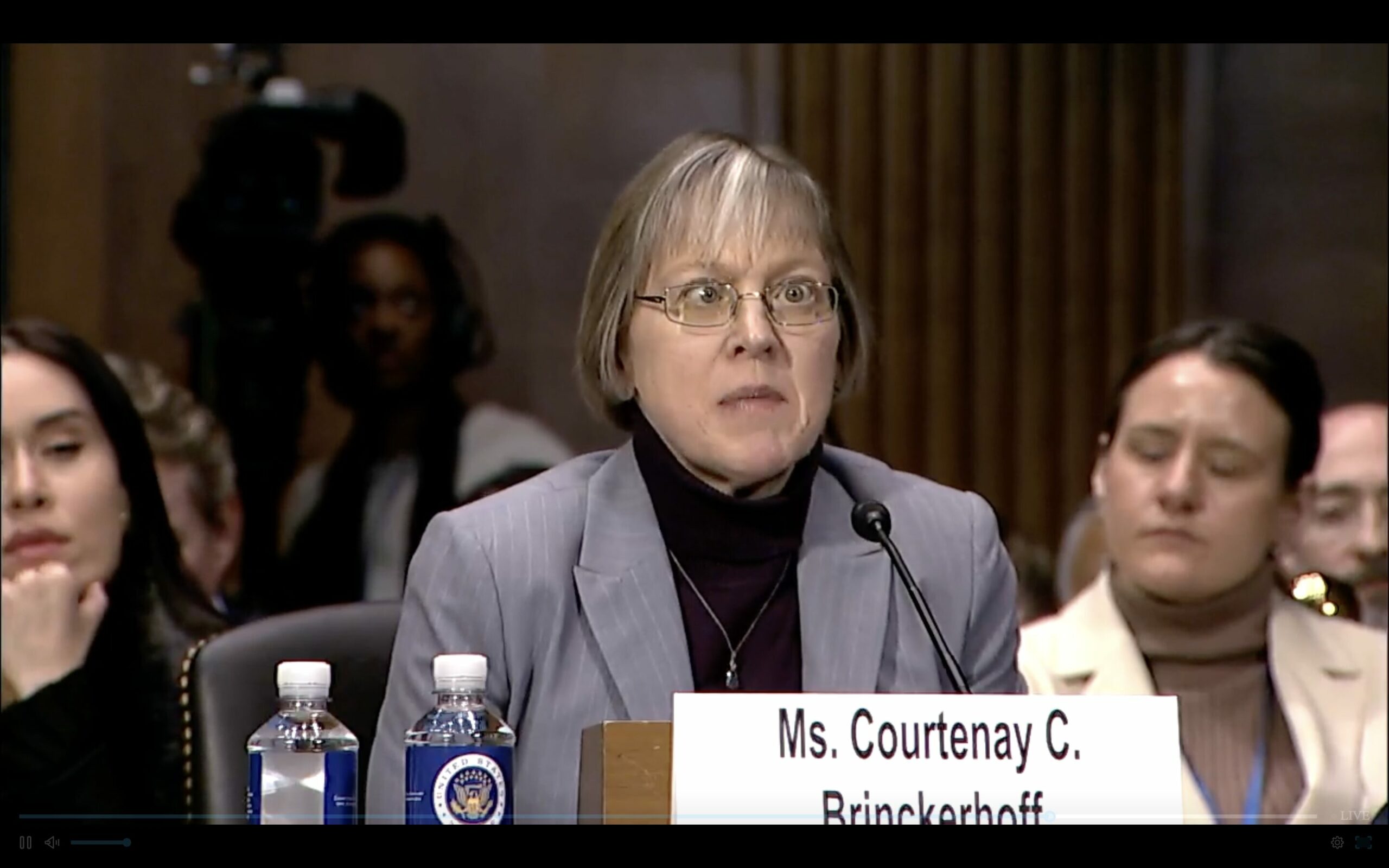
Also commenting on today’s hearings earlier today, Innovation Alliance Executive Director Brian Pomper agreed that PERA is crucial to ensure U.S. competitiveness and urged Congress to enact the bill quickly. Pomper said: “The disparity in patent eligibility between the United States and our foreign competitors is particularly problematic in the critical areas of emerging technologies and biotech innovations, including 5G, advanced computing, artificial intelligence, and medical diagnostics. This not only undermines U.S. competitiveness and the ability of the United States to remain the global leader in innovation, but it harms U.S. national security as other countries challenge U.S. leadership in developing these key technologies.”
PERA is an Eligibility—Not Patentability—Bill
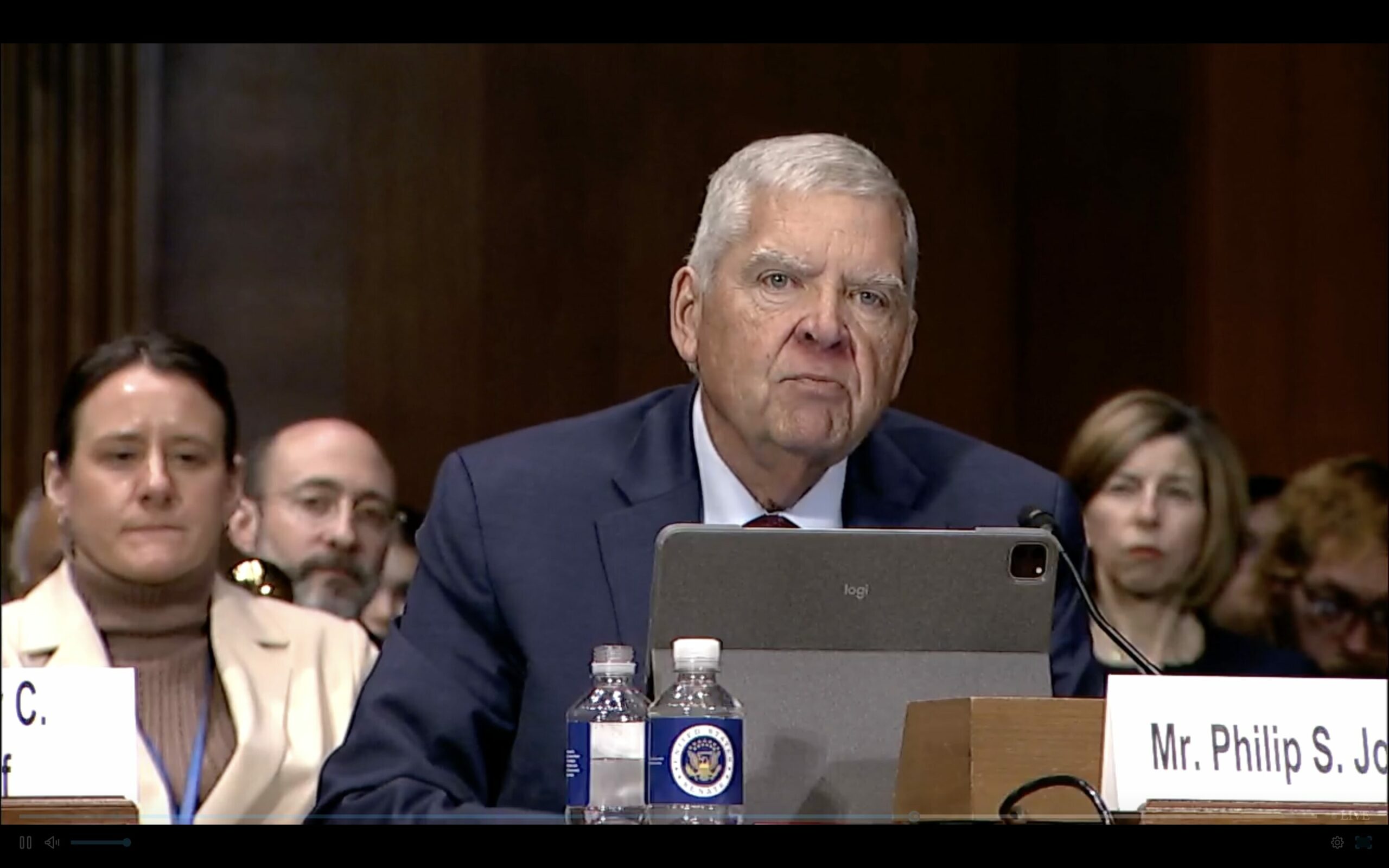
In another exchange prompted by Senator Mazie Hirono (D-HI), Hirono, Brinckerhoff provided some examples of natural materials that might be eligible under PERA but aren’t under the current law, such as a chemical from a plant that could have use as a therapeutic agent or bacteria that may be found in certain areas of the world with specific useful properties. Blaylock said these examples should not be patent eligible because, like in the example of observing a particular genetic mutation associated with disease risk and then isolating it, “the only thing that is new is that knowledge. Isolation, purification and enrichment are ordinary aspects of conventional genetic sequencing technology.”
However, Brinckerhoff said Blaylock “underestimates the inventive contribution of figuring out that there is a new gene with a new purpose, a new function, that hasn’t been discovered or known before.”
Johnson, and later in the hearing Coons, referenced the intensive hearings conducted by the Subcommittee on patent eligibility in 2019, where Coons said “40 of the 45 witnesses said it was a mess.” Johnson said that, despite Blaylock’s contention that the sky hasn’t fallen in the last decade since the Supreme Court’s decisions on eligibility, the danger is ultimately in what might not be discovered because of the disincentive to do so:
“What we’re worried about and what [Blaylock] has already acknowledged is there are some very important things lurking in the genome that could be incredibly important for our well-being in the future. And we should want to incentivize people to look for it and to spend the time and energy and money that is needed in order to find it. These things don’t announce themselves. This takes real hard work and insights, and real invention, and we should recognize that, and if otherwise deserving, they should be patented.”
Blaylock also said a research or experimental use exemption in the bill would not be sufficient because “Invitae would still be concerned that PERA would enable the privatization of information.”
HTIA: Present Eligibility Law is Predictable
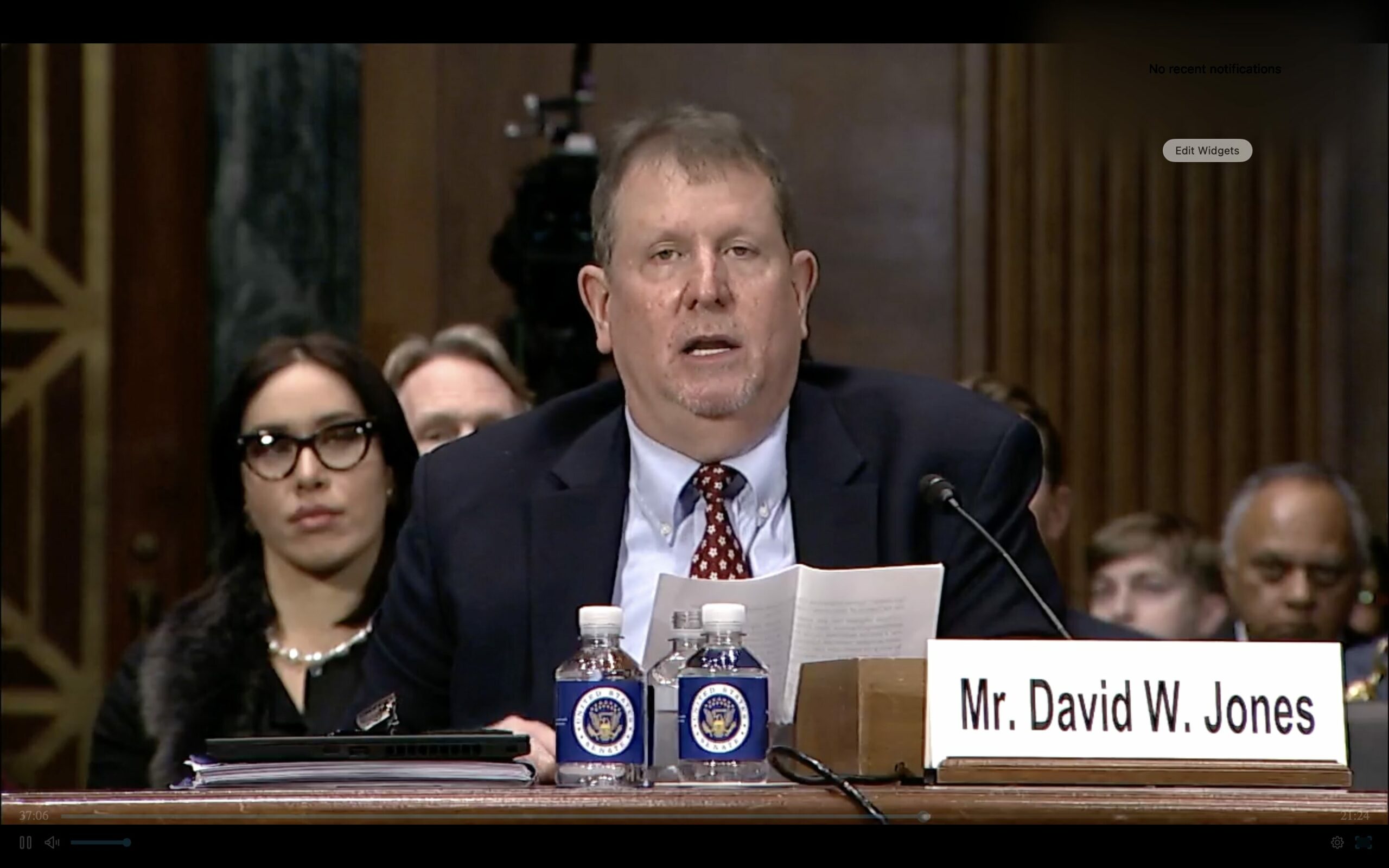
Jones cited statistics that he claims show Section 101 law is more predictable than other areas of patent law based on USPTO and court decisions, and said that HTIA is concerned PERA would make almost any human activity patent eligible. He suggested a more targeted approach that would involve identifying particular problem areas and creating sui generis protection or adopting a standard that’s “explicitly tethered to an advance in technology.”
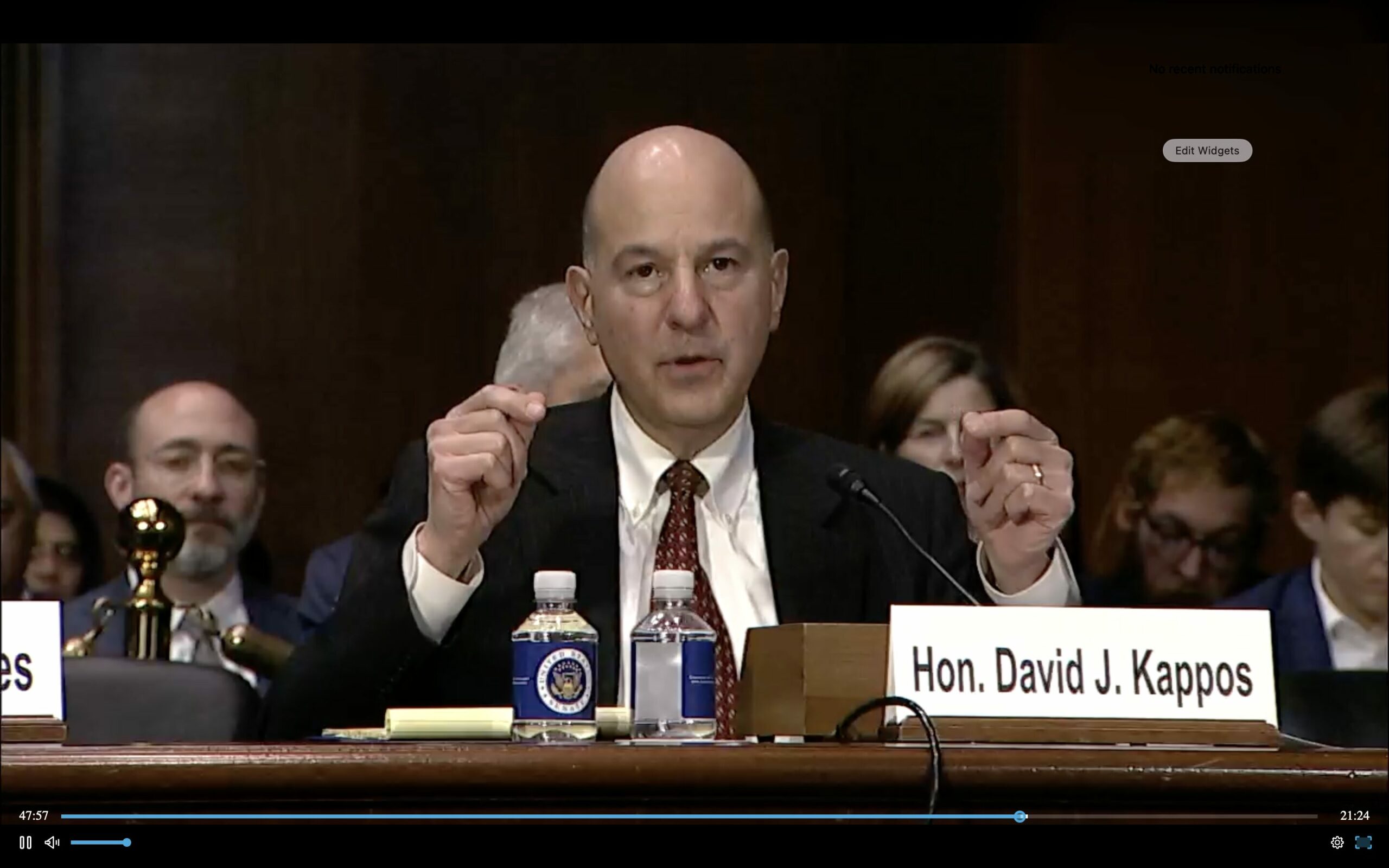
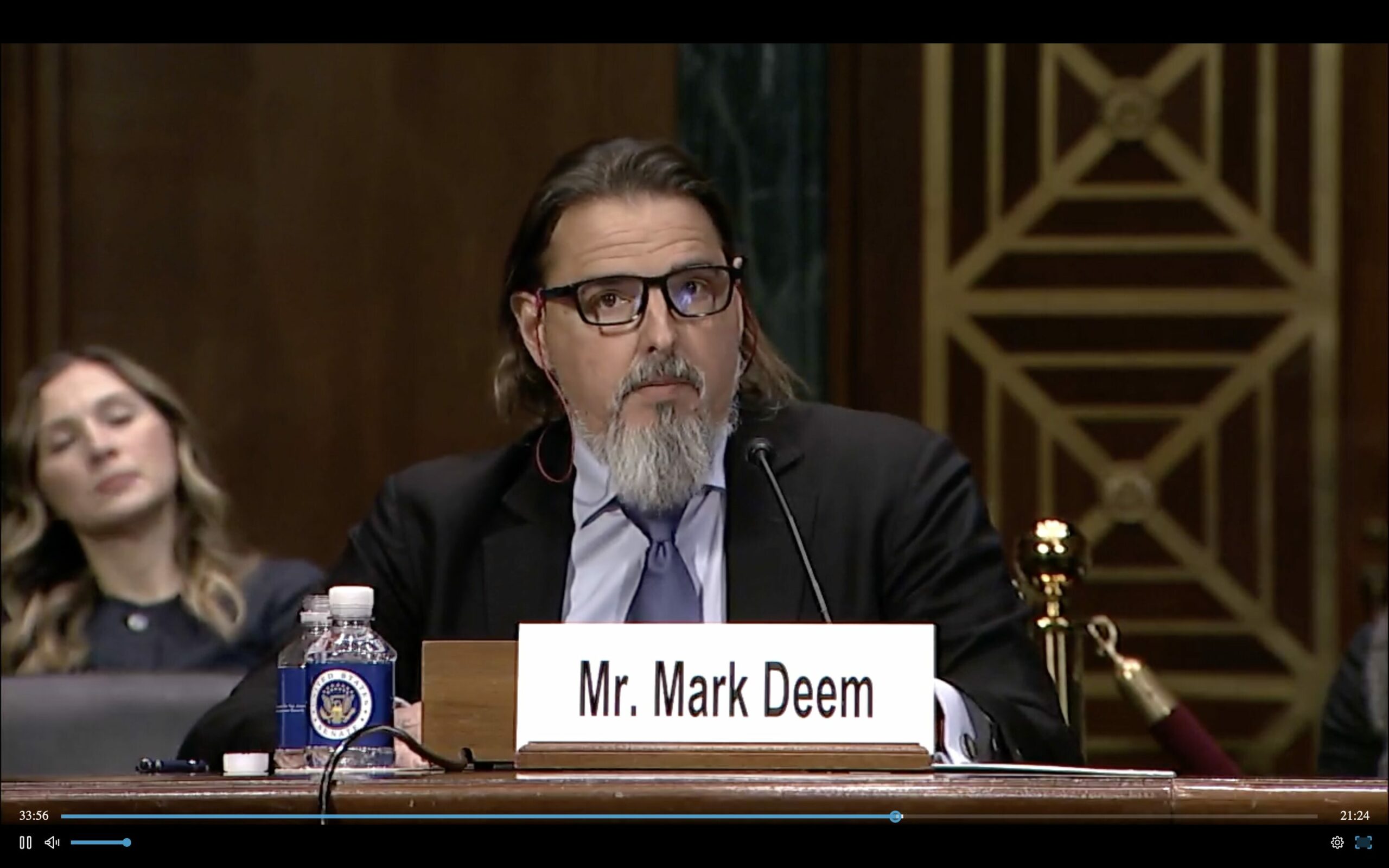
Jones conceded to Deem that the statistics bear out that “patents are really, really hard to get and negatively affecting R&D investments” in areas like diagnostics.
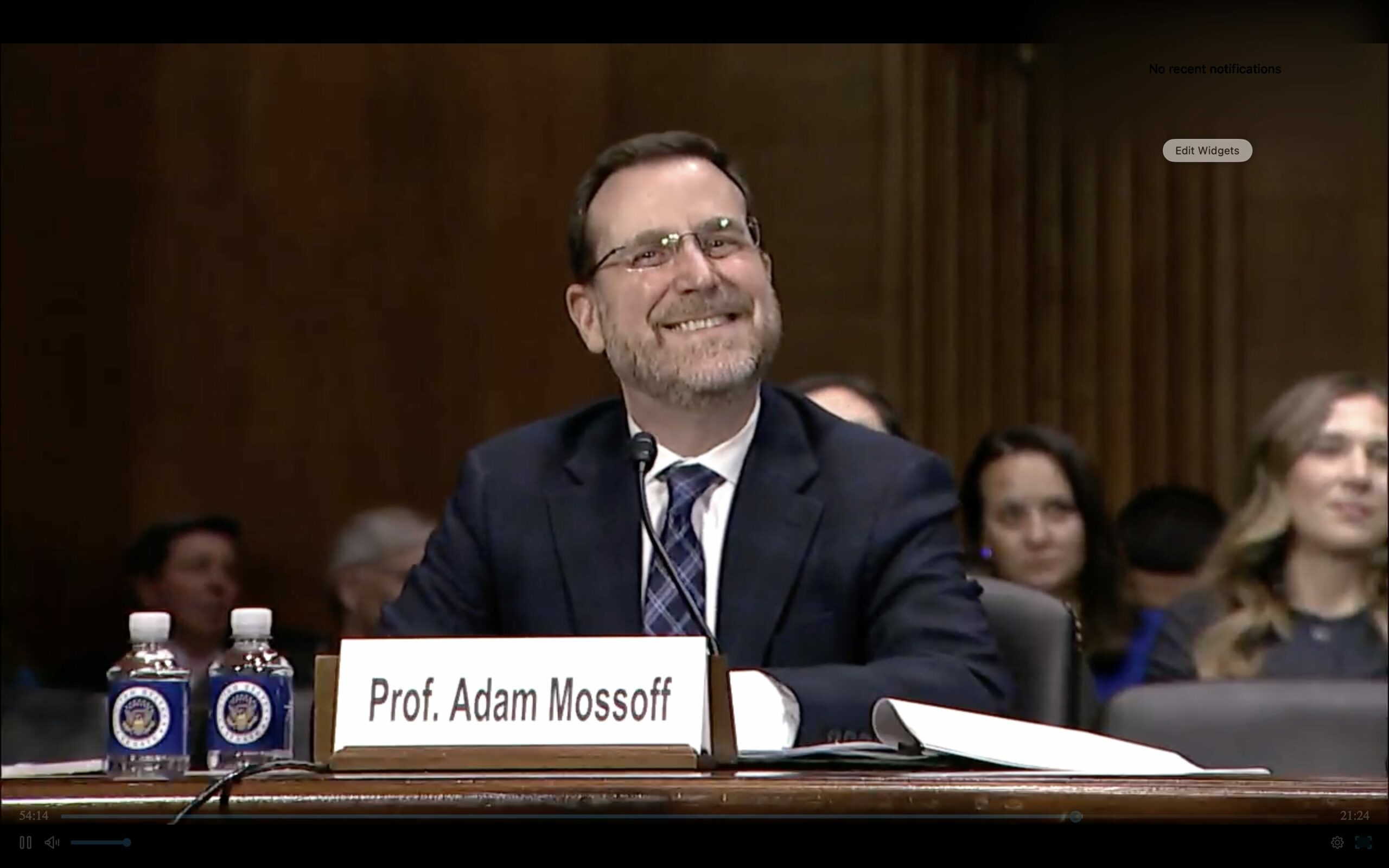
Tillis remarked that he worries about not knowing what innovation we’re missing and the impact on younger entrepreneurs just starting out. In response, Kappos noted that “the IP system has never been about what’s now but what’s next. Ultimately, the innovation that’s not created because the patent system isn’t there to incent it is the innovation whose price is infinite.”

